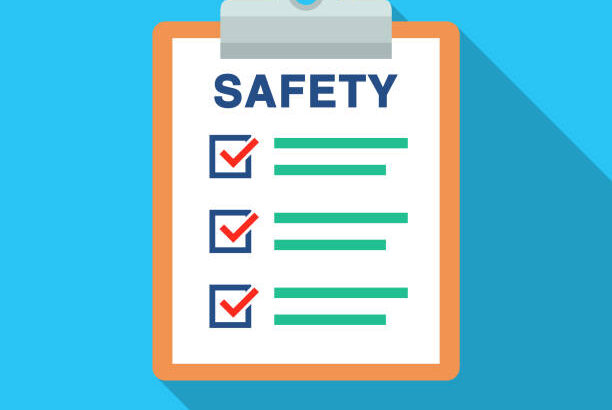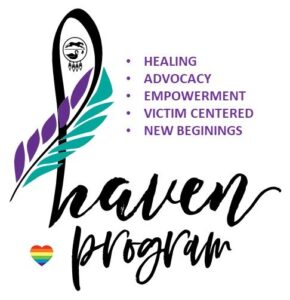An Emotional Safety Plan in 4 Steps
A guide to help you along your healing journey
Most people who care about domestic violence are aware of the term “safety plan” and how it can help someone prepare to leave an abusive situation safely. But an emotional safety plan might be a term that’s new to you; it is the idea of developing ways to move forward from a violent past.
After leaving a partner who has abused you, starting fresh and new environments can bring relief, but also can be stressful and disorienting. “People go through a period of shock, and they need time to adjust,” says Maria Garay-Serratos, CEO of Sojouner Center, a domestic violence shelter in Phoenix, Ariz. “They’ve made the most courageous decision they ever have to make in their lives,” Garay-Serratos says. Moving forward “is a lifetime healing journey, and it’s very individual.”
Consider the steps below as you leave, or after you leave, an abusive partner as a way to protect your emotional and mental well-being.
Step 1: Understand Emotional Safety
Emotional safety means feeling accepted, according to the National Center on Domestic Violence, Trauma and Mental Health. Some survivors report that unrelenting psychological attacks are more damaging than a physical beating.
Step 2: Address the Trauma
The physical and emotional aftereffects of abuse can take a toll on a person’s ability to make a plan and put it into action. “If someone has a traumatic brain injury [TBI] or post-traumatic stress disorder [PTSD], it’s hard to develop an emotional safety plan if they haven’t dealt with these first,” Garay-Serratos says.
People affected by trauma may wonder what’s wrong with them when they experience difficulty processing information and making plans, Garay-Serratos says. But impaired decision-making can be a symptom of these traumatic conditions. Screening for TBI or PTSD can guide survivors toward the medical and psychological care they need to function more effectively.
Step 3: Understand Your Mixed Feelings
A family can be relieved to get away from abuse and still miss the partner or parent they’ve left. Some people are still very much in love with their abusive partner, Garay says. “Finding their strength and worth apart from their partner is an ongoing process.”
The desire for an intact family can be a powerful obstacle to leaving and staying apart from an abusive partner. “A lot of people stay in relationships because they don’t want to separate the other parent from the children,” Garay-Serratos says.
If kids talk about missing the other parent, it can make feelings of guilt and regret even stronger. But just as the parent who leaves an abusive partner can grapple with mixed feelings, so can the children. Peer support groups can help families see those mixed feelings as normal, while reinforcing the value of a safe environment.
Step 4: Reach Out for Support, If Needed
To maintain control, many abusers isolate their partner from family and friends. After leaving, a survivor may feel alone. All survivors’ journeys are different—you may relish in this sense of independence, or your new solo journey may mean you start to feel emotionally unstable. If needed, this is the time to ask for support.
HAVEN Advocates are here to help!
Excerpts from DomesticShelters.org
Read the full article:





